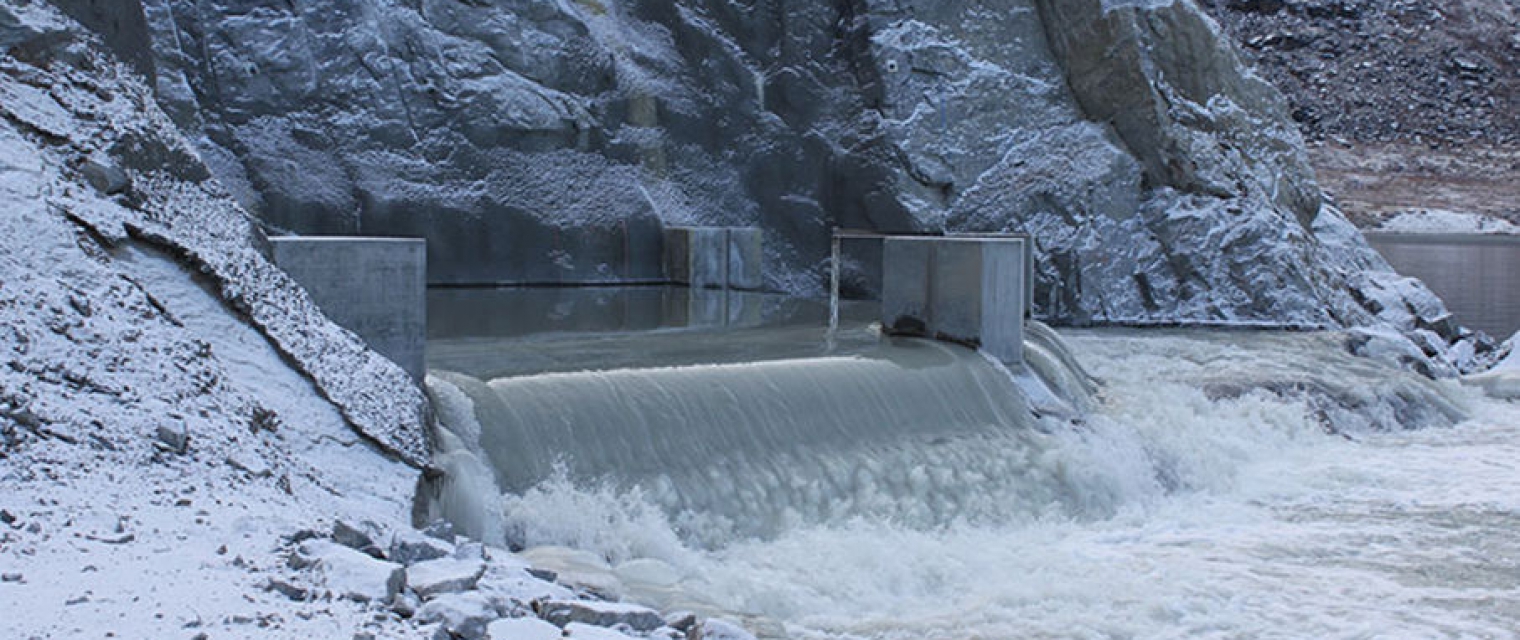Pilot6 | EO-based surveillance of POPs pollution
Pilot 7.4 | Hydropower in snow reservoir – climate service

The Finnish Meteorological Institute has recently developed a web-service that provides detailed hydrometeorological information to support more efficient hydropower production operations in Northern Finland. This service aims to reduce uncertainties in spring, snowmelt driven, runoff forecasts through assimilation of satellite data-based cryosphere products to an in-house developed hydrological model (HOPS) and an in-house developed machine learning streamflow forecasting algorithm. The service leverages common European efforts in climate monitoring by linking data from the Copernicus Climate Data Store with Copernicus seasonal forecasts data records as well as Copernicus Earth Observations. Along with the primary focus of the service in disseminating hydrometeorological data and information, the service acts as a testbed for developing new forecasting methods for operational services.
/ Objectives
- Decreasing the vulnerability of energy companies to variations in meteorological and hydrological conditions through improved seasonal forecast products is the primary focus of the project.
- The methodology for assimilating EO-based Snow water Equivalent (SWE) data for hydrological model forecast procedures has been developed and the results made available through a dedicated WebApp.
- End-user tailored products on hydrological conditions are disseminated to the key end user, Kemijoki Oy.
- The modelling domain is currently being expanded to cover the entire country of Finland.
- The dissemination of more auxiliary data is being developed together, while new machine learning techniques for streamflow forecasting are being tested and further improved.
/ Partners
FMI
/ Key Users
Hydropower Companies (Kemijoki Oy, Finland)
/ Key Datasets
Snow Water Equivalent (SWE), snowmelt rate and timing, surface runoff, soil column inter-, and base-flow, river discharge as well as reservoir inflow at end-user specified locations.
/ ID Card
The outcome of the pilot will be a dedicated web service providing:
- Monthly 90-day seasonal ensemble forecasts of streamflow and hydropower reservoir inflow at end-user (Kemijoki Oy) selected forecast points. A particular focus will be placed on snowmelt driven runoff forecasting.
- Daily 10-day deterministic forecasts (incl. nowcasts and hindcasts) of streamflow and hydropower reservoir inflow at end-user (Kemijoki Oy) selected forecast points. In addition to streamflow forecasts, the service will provide maps of numerous other key hydrological variables used in Hydropower production optimization and general water management operations.
- A unified web service combining data from various other external sources in a single user interface allowing the user to assess forecasts uncertainties by comparing information derived from an FMI hydrological model (HOPS) with external observations and estimates – a particular focus will be placed on providing EO-based observations and in situ measurements of snow conditions and soil freeze/thaw states
Stay in the loop !
Acknowledgment
The e-shape project has received funding from the European Union’s Horizon 2020 research and innovation programme under grant agreement 820852





